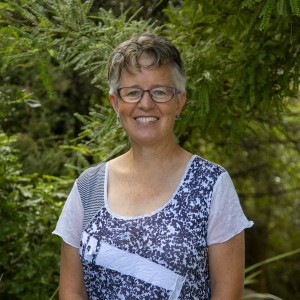MSPMP is designed to help children develop the physical foundations needed for being ready to learn at school. Things like eye tracking, which is necessary to be able to learn to read, fine motor skills, like holding a pencil and tracking left to right and going over the midline.
The sessions are broken down into floor and equipment sessions. The floor sessions start at the beginning of the week and are designed to teach the body first - one thinking task at a time. The floor sessions are teaching students the techniques they will need to use in the equipment sessions. By repeating the floor sessions a number of times, students have multiple opportunities to practise the techniques. This encourages muscle memory.
Some examples of floor sessions are the feather body catch and the paper plate balloon bounce activities, both of which encourage eye tracking.
I really like the systematic approach of PMP and how the floor sessions set the students up for what is coming then practising the specialised skills.
The students have lots of fun and it is something different that they all enjoy.
Once the floor session is complete, students are put into three groups ready for the three different equipment stations for that week. Students move from station to station during the half hour session, with many of the activities requiring students to work with a buddy. Part of the floor sessions is a fine motor activity. This is usually a ‘happy stick’ activity and is done in class outside of the PMP session. The happy sticks have a variety of songs and activities that go with them and are invaluable in building fine motor skills necessary for pencil grip and writing.
Consistent use of specific language and instructions is very important in PMP so that students learn directional language. For example, ‘you are crawling through the ladder. Another example is for aeroplane wings, ‘move with your arms out wide for balance.’ When teachers consistently use the same terms and instructions, students learn to know what to expect and build up their positional language vocabulary, which is used in a variety of contexts in everyday life and across the curriculum, in particular in mathematics.
The skill is taught first then the equipment is added. Here are some photos of our Poihipi Team students doing a variety of PMP activities. As you can see from their faces, they love the activities and we know they are learning valuable skills that they can then use in the classroom in readiness to learn to read and write.
PMP has also fitted in really nicely to this term’s inquiry topic, The Magic of Movement. Students are using some of the skills they have learnt in PMP to develop their own movement game that they will then teach a buddy.
So how do we know if the programme is making a difference? Teachers took baseline data at the beginning of the programme and are currently revisiting this data to see if they can see changes in the students abilities. During sessions they also observe and make anecdotal observations.
Generally, teachers feel that students are now more aware of how their bodies move and are slowing down movements to get them correct. This is particularly evident in the cross crawling exercises where students have to use opposite arms and legs. This is an important pathway to develop for later learning. Eye Tracking is another area that teachers are observing as this is very important in learning to read and write.
I like doing the bunny hops because I like hooping. I like rolling on the mats like a pencil.
I like it when we do mirrors. One person is the real person and one is the mirror. The real person moves his body and the mirror has to do what they say.
Monkey crawling is fun because you get to crawl through things and over ladders. I like tapping the happy sticks.


Comments are disabled for this post.